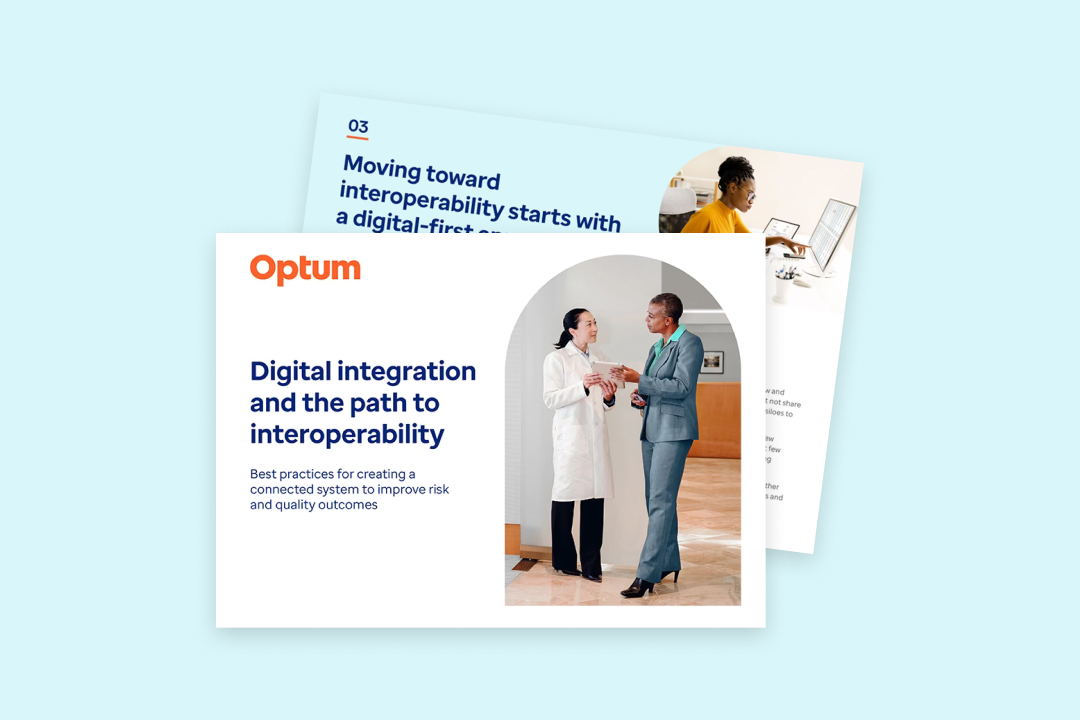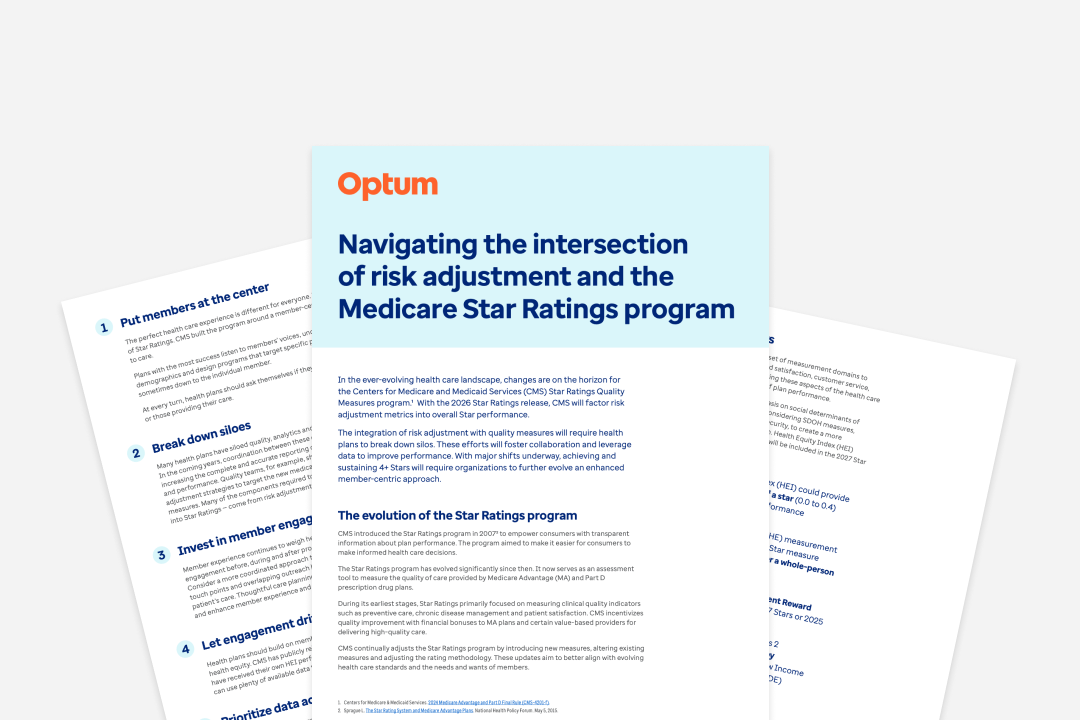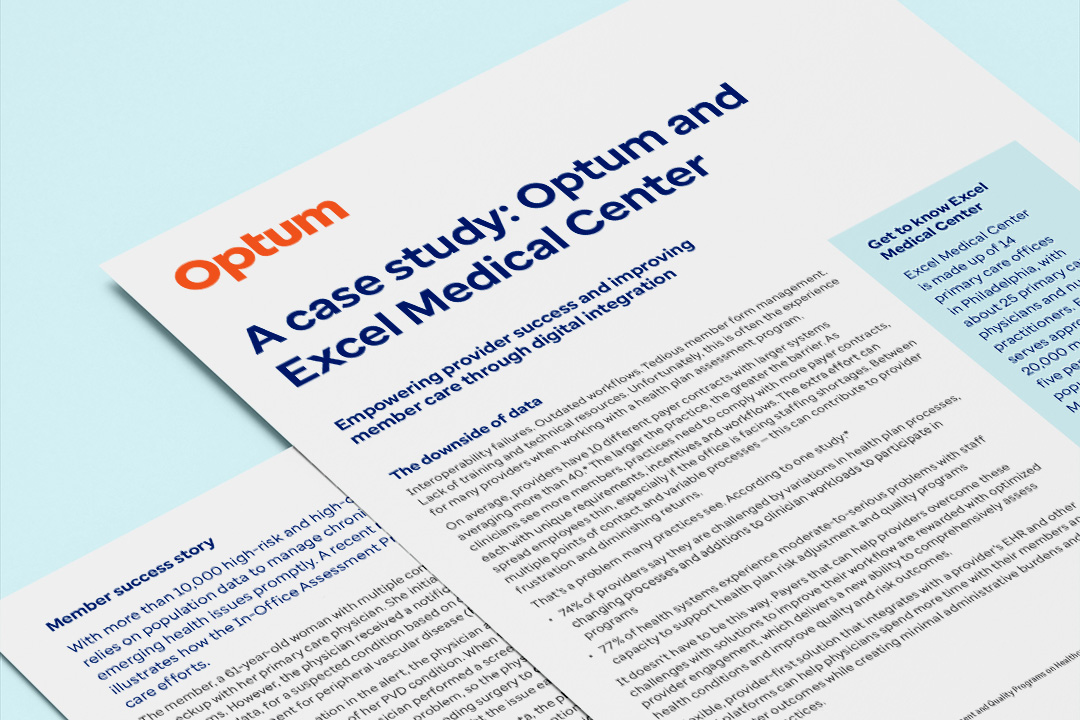Why now is the time for interoperability, AI and digital healthcare solutions
Over the past several years, interoperability has increasingly become a priority in the healthcare industry — and it’s easy to see why. When health information systems exchange data quickly and efficiently, providers can see a complete picture of each patient’s health. This allows them to make fully informed decisions on care and helps to achieve better patient outcomes.
The drive toward interoperability will impact the quality of healthcare metrics and reporting. If your organization is not currently using an interoperable solution for quality reporting, it’s time to start.




